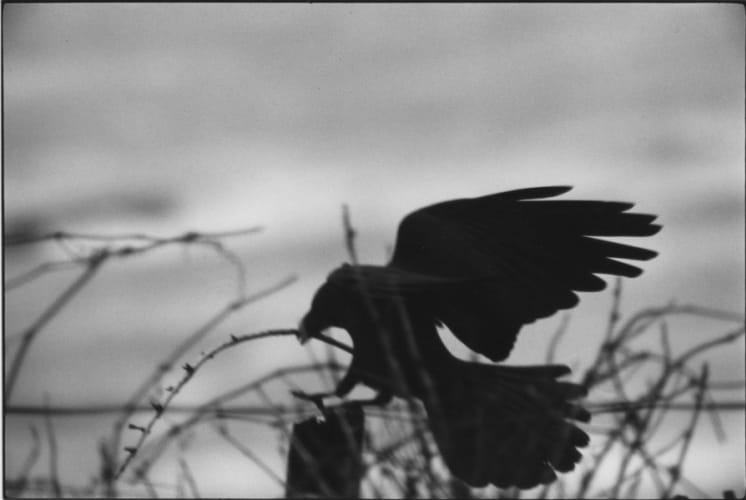Photography
Selenium toned silver gelatin print
25.3 x 35.6 (cm)
10.0 x 14.0 (inch)

